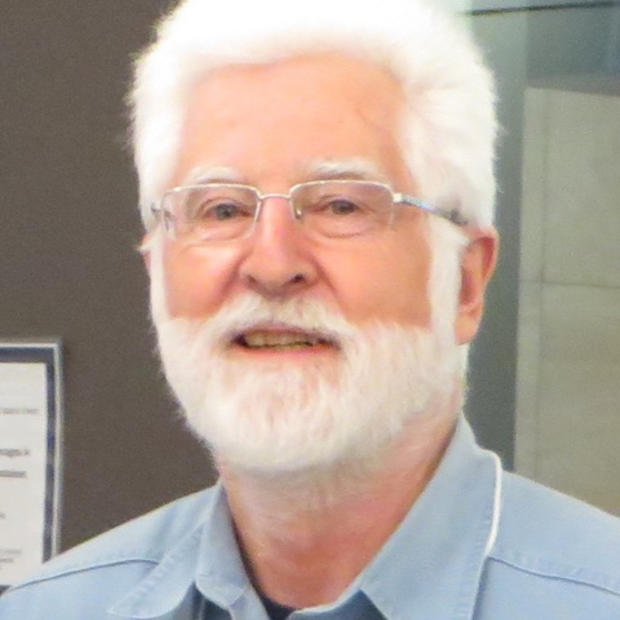It’s time for Seattle Public Schools and the School Board to do nothing – or at least very little.
There are competing aphorisms here. One is the currently fashionable “A crisis is a terrible thing to waste,” or words to that effect.
The other is apocryphal Zen (meaning I picked it up from a novel, not through scholarship): “Haste is a fundamental error.”
I am on the side of the latter and here’s why:
Right now people are tight-lipped with anger, wanting to know how this could happen. Working that out is OK. There may even be criminal charges. But everybody already has their own — probably correct — theory; and the School Board has sacked the superintendent and chief financial officer, so most of the punishment has already been meted out.
Problems arise, however, when people start talking as though this were an opportunity for change, a chance to reverse all or some of the educational policies and programs put in place by departing Superintendent Maria Goodloe-Johnson.
What’s wrong with that? Well, even though there are some things lots of us would like to change and over time will change, it buys into the belief (and typical behavior) of school boards that the next superintendent will be a “white knight” or “superman” whose policies will fix everything, close the achievement gap, increase high school graduation — everything!
School Boards are not alone in this. It’s the typical hope of parents and the public, too. After all, what else can you hope for? If you pay somebody a quarter million dollars, they’d better make things better. On average, though, school districts change superintendents every three years or so and though some get booted for ugly financial scandals, a lot — I imagine most — are relieved of duties because, after all, they weren’t “superman,” or woman.
And it’s on to the next great hope.
What to do? Two things. First, the school board needs to tone down expectations that interim Superintendent Susan Enfield or a new superintendent who replaces her after a national search (God forbid, again) will produce notably different student outcomes than what we see now. (Sorry, this is a Gordian Knot, because school boards and the public are rightly disposed to expect that student improvement is the point.)
Second, however, is the opportunity, visible when school boards and the community do — if they can — step back from the “superman” scenario and ask what should be done. In other words, instead of hiring some kind of expert, dusting off your hands, and saying “problem solved,” what about asking, or expecting, from the school board a more studied consideration of the problems — achievement gap, graduation rate — and why they seem so intractable? After all, although the policies and leadership provided by superintendents Stanford-Olshefske-Manhas-Goodloe-Johnson have varied widely (on centralization-decentralization, for example), has there been a really significant change in the problem, or student outcomes?
What should change is the outlook that the school board’s job is to hire someone to close the achievement gap — and, unfortunately, revise the strategy — every three years. Instead, we — the school board and the rest of us — could ask, “What is the problem?” Then, we might discover not some administrative remedy or fad of education philosophy but a simple fact: Our kids can’t read. They can’t read by the third grade and most of the ones who can’t are from families in poverty.
Yes, I know that at some level everyone knows that. Nevertheless, what’s important is that the fact is a much more in-your-face and easily graspable reality than an “achievement gap.” And one big difference is this: If you close the achievement gap, even by a little, you can trumpet that you’ve done good work. (Some, anyway; you can be replaced for not meeting expectations, but at least you can’t be damned.)
In contrast, if you focus on the problem, “many kids can’t read,” then there’s some chance you’ll deploy the school district’s resources to make sure each of those non-readers learns to read — and read well — by the third grade. That is a much, much different goal than “closing the achievement gap” (it is not incremental). And it should lead to much more specific actions.
Since reading well is the most important single life skill that K-12 education can provide, the difference for kids is huge. It’s the difference between being a statistic where your reading score goes from 35 to 40 and you’re still not proficient and actually knowing how to read well.
It can be done “for all kids” as the district is fond of saying, but the coming and going of “super”intendents is not the place to look for the right answers.



